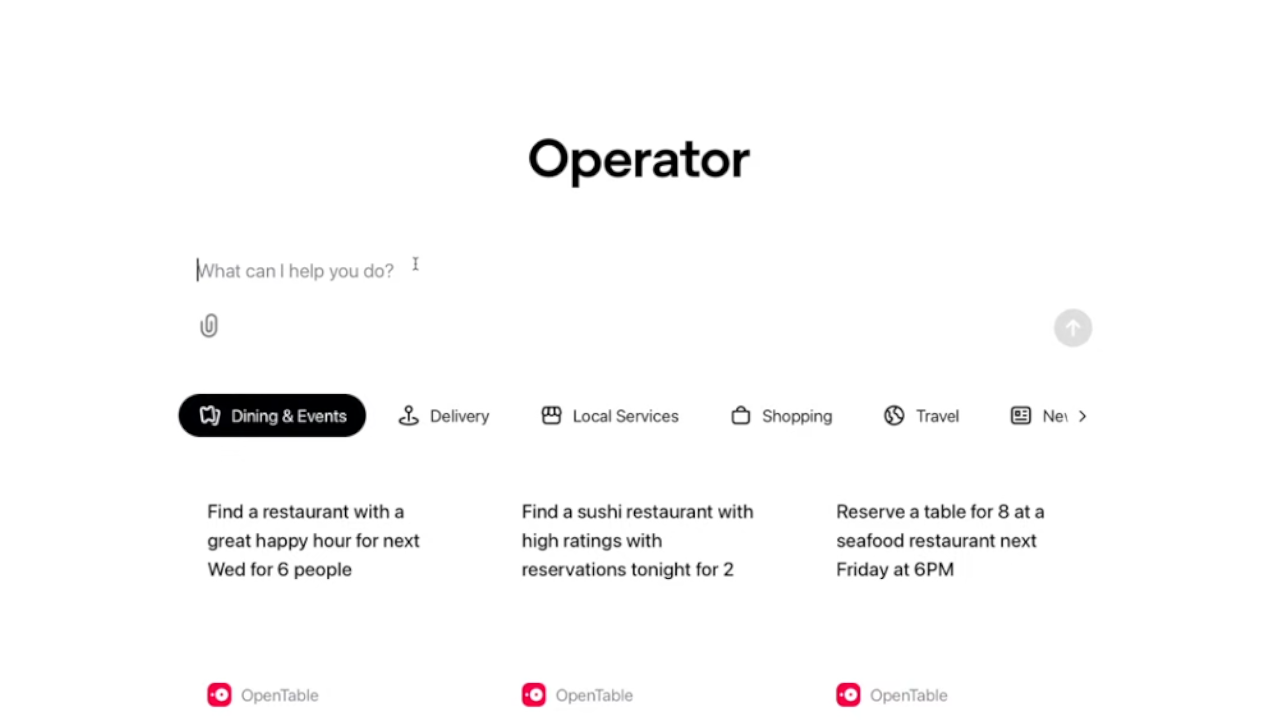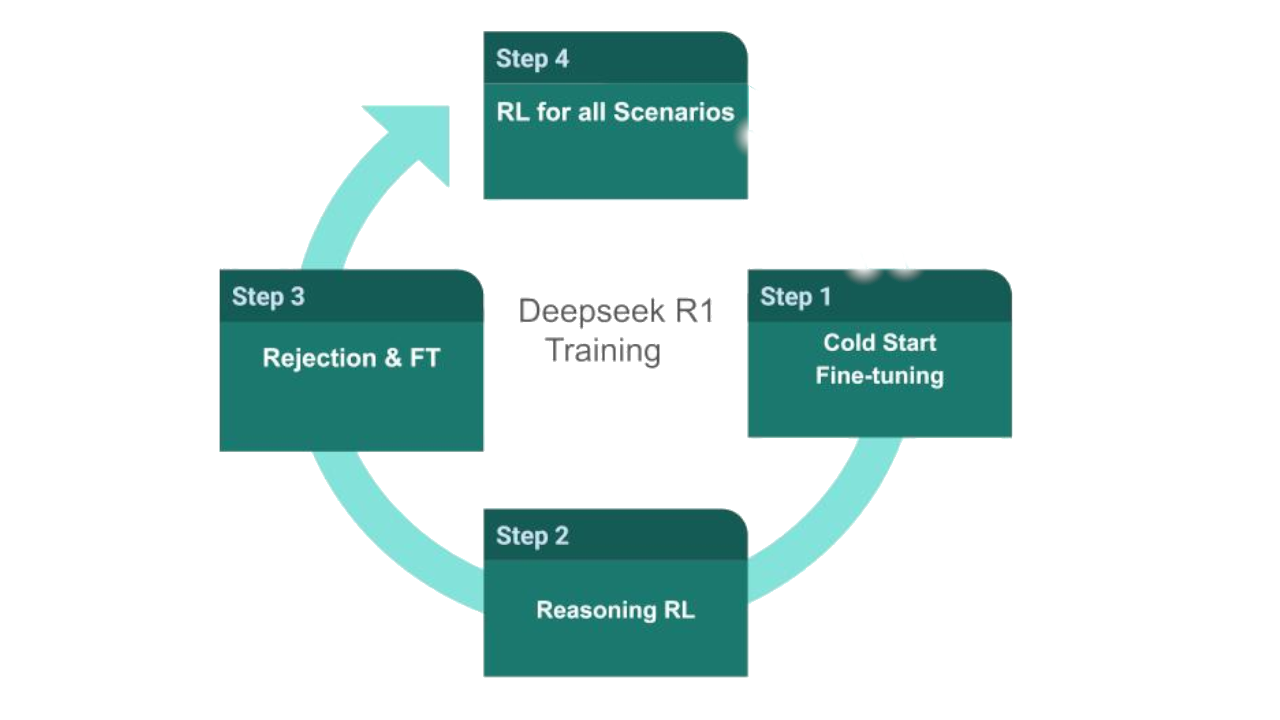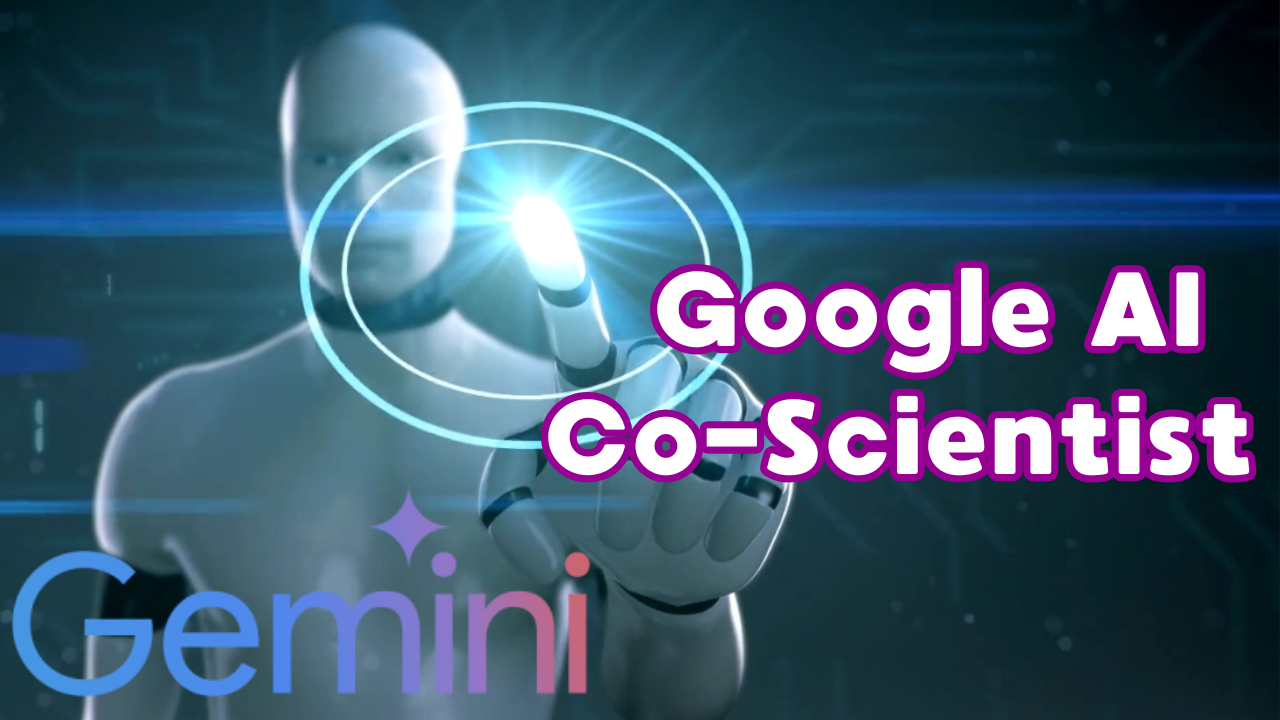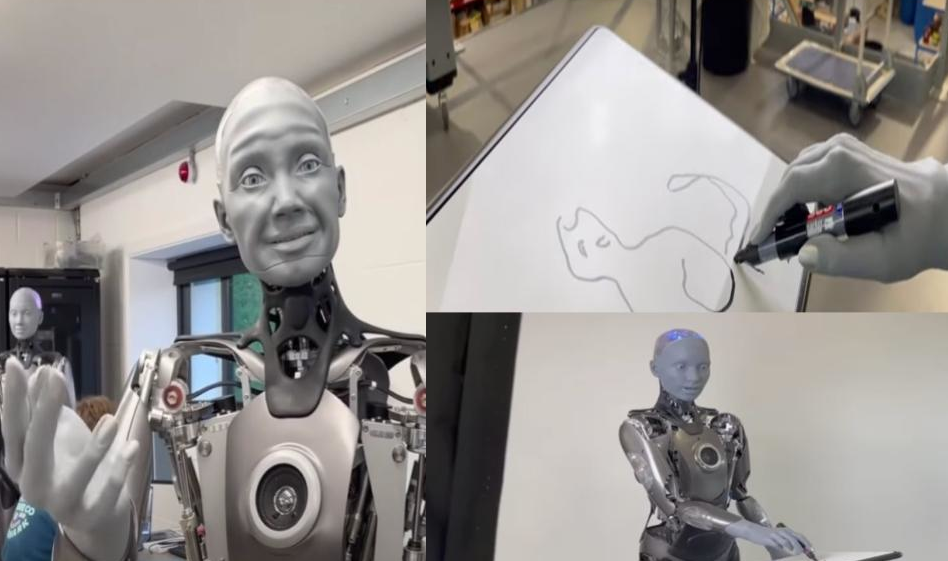Vibe Coding is a new practice for writing code. In this practice, the programmer does not write the code directly; instead, they delegate this task to artificial intelligence. The programmer’s role shifts to that of a director, where they define what they want to achieve and request it from the AI using natural language — whether through text or voice.
The name,Vibe Coding, points to its core essence: the focus is no longer on the fine technical details of writing code, but rather on the desired outcome and the feeling the program generates upon execution, which the AI provides as a result of the commands given to it. It is a fundamental shift in focus from the mechanism of how the code works and how it is built to the final result and its alignment with what we aim to achieve.
To apply Vibe Coding, one can utilize any large language model (such as Gemini or ChatGPT models) capable of generating code from a natural language description. The programmer simply articulates their ideas, intentions, and required functionalities in a simple and clear language. The AI then interprets these inputs and produces the appropriate code. This process is often iterative; the programmer tests the resulting code, and if it doesn’t match their expectations, they request the necessary modifications from the AI until they reach their desired outcome.
Prominent figures in the field of artificial intelligence have contributed to popularizing this term, such as Andrej Karpathy.
Useful Tool or Just for Fun?
Undoubtedly, Vibe Coding holds significant benefit in the context of software development. At the very least, it serves as a valuable tool for novice programmers, helping them enter the field and gain experience through practical application. It also opens the door for non-specialists in programming to build prototypes of their applications that reflect their ideas, allowing them to present and develop them faster and more inspiringly.
Furthermore, Vibe Coding enhances the productivity of experienced programmers. It can automate the writing of code for repetitive tasks easily and effectively, sparing the programmer the need to search for them or rely on ready-made software libraries that may not perfectly meet their needs. This saving in time and effort allows programmers to focus more on the creative and design aspects of their work, thereby accelerating the overall development process.
On the other hand, building a complete practical application relying entirely on Vibe Coding might not be the optimal choice. Should any, even simple, failure occur in fulfilling the programmer’s requirements, they will need to intervene and read the code generated by the AI and try to understand it. This can be a highly complex and time-consuming task, making the process of maintaining and modifying the code extremely costly and difficult.
Moreover, any issues related to application performance or the emergence of security vulnerabilities might be more challenging to resolve when heavily relying on code that was not written manually with a full understanding of its precise details.
Therefore, it can be said that Vibe Coding can be a fast way to get something running initially. However, building robust, long-term scalable, and highly secure applications often requires solid expertise in traditional programming and its methodologies. Additionally, dealing with the inherent complexity in building integrated systems that require precise algorithms and complex programming logic still poses a challenge to the AI’s ability to write code with the required efficiency and accuracy.









